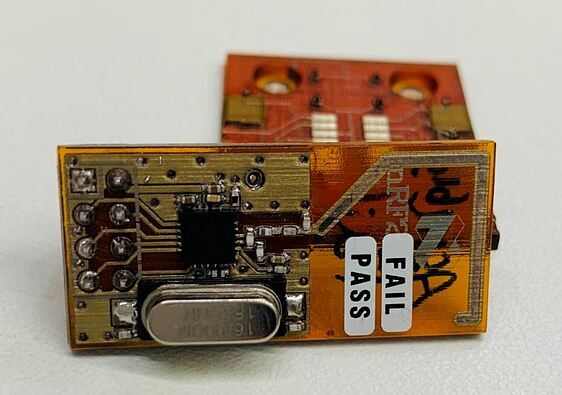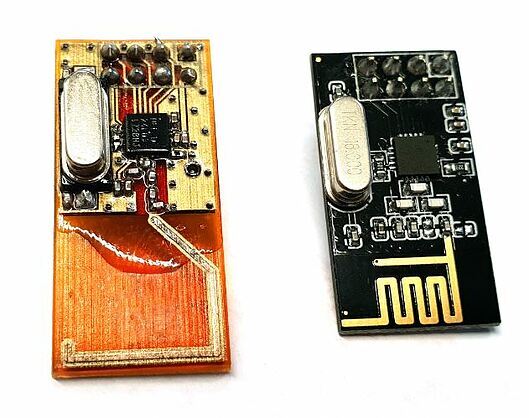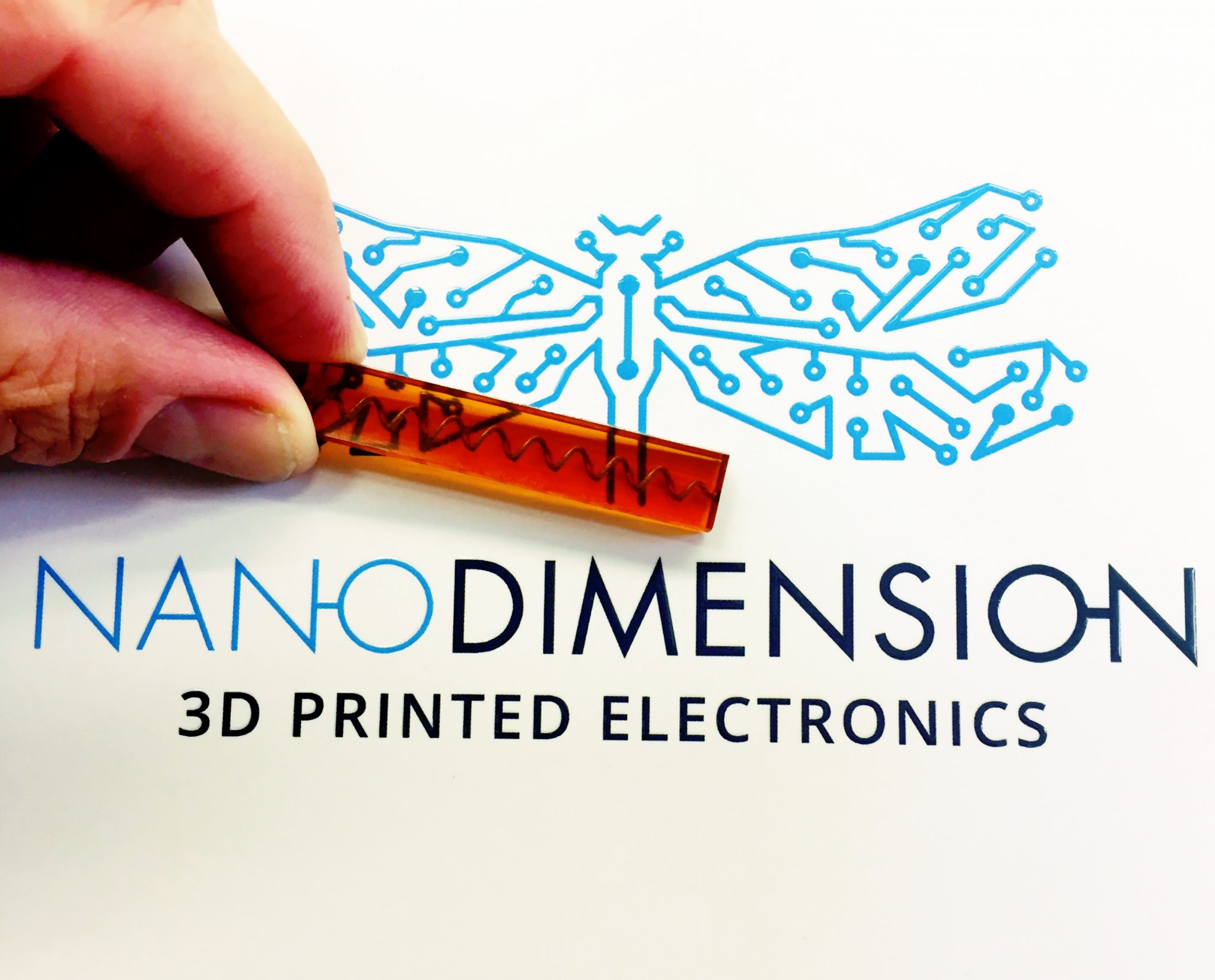Israel-based 3D printer manufacturer Nano Dimension has announced a functioning 3D printed communications device to be used in smart homes and products. Reportedly the first fully operational Internet of things (IoT) device produced using additive manufacturing, the prototype was printed, tested and assembled in 18 hours.
Nano Dimension claims this production method is 90% faster than non-3D printed communication devices made with traditional manufacturing methods, that can take up to 14 days, or more.
The 3D printed device is an IoT transceiver, made with the company’s DragonFly Pro 3D Printer, and was developed to increase the efficiency of different companies and research institutions creating and testing their IoT or ‘smart’ products.
Amit Dror, CEO of Nano Dimension, comments, “An ever-greater emphasis is being placed on smart cities, smart buildings, smart homes and smart products by industries and consumers alike.”
“Our solution enables companies to speedily trial and finalize their prototypes in just one day without compromising on quality or performance.”

Allowing companies to build their smart home networks faster
Nano Dimension’s 3D printed remote-control type device is built to enable network communication between IoT smart devices, which are everyday physical objects that can connect to a wireless network and transmit data. Within this network, connected devices can communicate with one another in an environment, leading to an automation of tasks for consumer (or home), enterprise and industrial contexts. Consumer IoT objects include smart white goods, like washing machines, refrigerators and televisions, whereas an enterprise context consists of smart sensors for automated scheduling, meetings and presentations. A factory floor could use 3D printers equipped with IoT capabilities to communicate with cloud devices for streamlined production.
The 3D printed IoT transceiver from Nano Dimension is a small 3D printed circuit board measuring at 16 x 33 x 1.6 mm and is currently in the qualification phase. It was produced using the company’s DragonFly Pro 3D printer, which specializes in the additive manufacturing of electronics and circuitry. A key feature of the DragonFly Pro is its high precision/resolution of multimaterial printing and inkjet deposition system, which enables the fabrication of multilayer electronic features.

Nano Dimension is expecting the 3D printed IoT transceiver to be easily implemented into two-way communication devices, like a smart home router, which is integral for enabling an enhanced connected environment. Companies that produce smart home routers are able to help other organizations develop their smart products and equip them with enhanced network communication. Using its DragonFly Pro 3D printer, Nano Dimension’s IoT transceiver can be produced faster than traditional communication devices of its kind, and so the company hopes it can increase the speed at which smart products are trialed, tested and released into the market.
Dror continues, adding:
“[Companies] no longer have to wait over a fortnight to understand whether their smart device works or not. This ultimately increases product and cost efficiencies and reduces time to market, which means that the consumer can enjoy the benefits of these products faster than ever before.”
3D printed electronics
Nano Dimension specializes in 3D printed electronics, an area of additive still in its early stages. However, with its 3D printed IoT transceiver, the company is continuing to make strides in developing additive manufacturing as a viable solution for the electronics industry. As CBO and co-founder of Nano Dimension Simon Fried has explained in an interview with 3D Printing Industry, “Printing circuit traces within the body of a part is at the core of what Nano Dimension does.”
In November 2018, the company submitted an SEC Filing with the hopes of raising $28.8 million in funding to expand its operations in 3D printed electronics. And in February 2019, it was granted a patent for its dielectric ink used for 3D printing electronics, which Dror described as “another step in our path to fundamentally change the way electronic parts are made.”

Other organizations also pushing additive forward in the electronics industry includes the Danish Technological Institute (DTI) which has been granted €10.6 million to set up an Open Innovation Test Bed (OITB) for advancing the field of 3D printed electronics. The Electromagnetics and Photonics Lab (EM Lab) of the University of Texas at El Paso (UTEP) has also developed an automated process for 3D printing electronics, which enables the fabrication of volumetric circuits with unconventional shapes.
You can now cast your vote for the third annual 3D Printing Industry Awards. Help decide this year’s winners now.
Subscribe to the 3D Printing Industry newsletter for the latest news in additive manufacturing. You can also keep connected by following us on Twitter and liking us on Facebook.
Looking for a career in additive manufacturing? Visit 3D Printing Jobs for a selection of roles in the industry.
Featured image shows transceiver 3D printed with the DragonFly Pro system by Nano Dimension. Photo via Nano Dimension.


